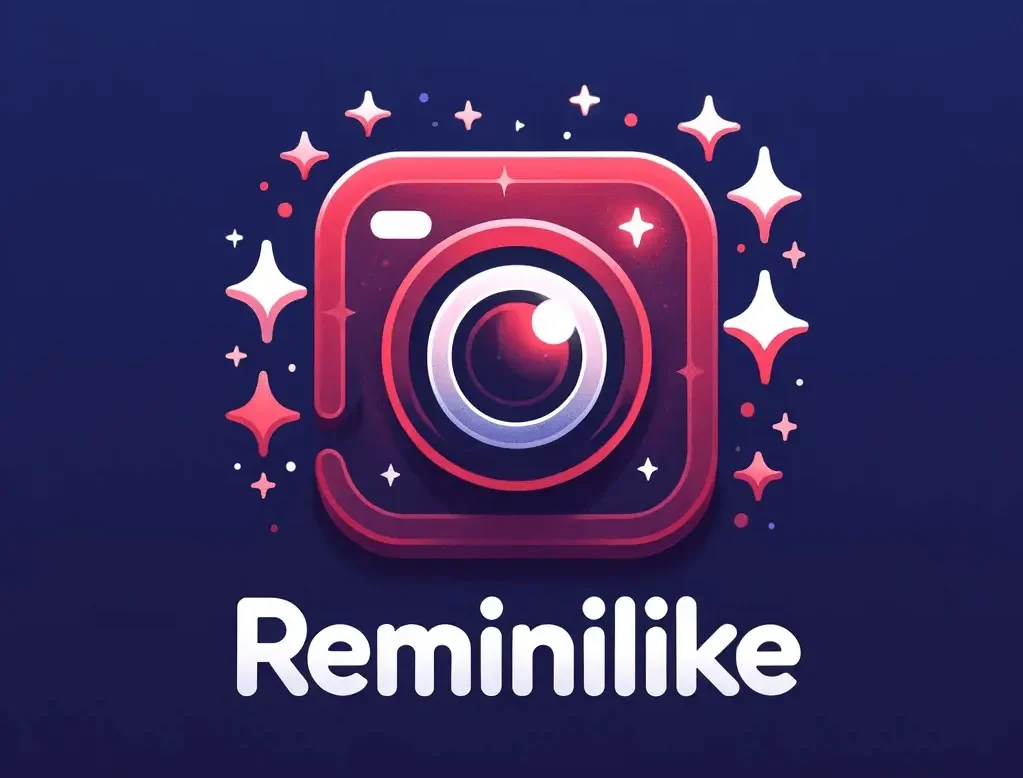8 Reasons why AI is Important in Photography Industry?
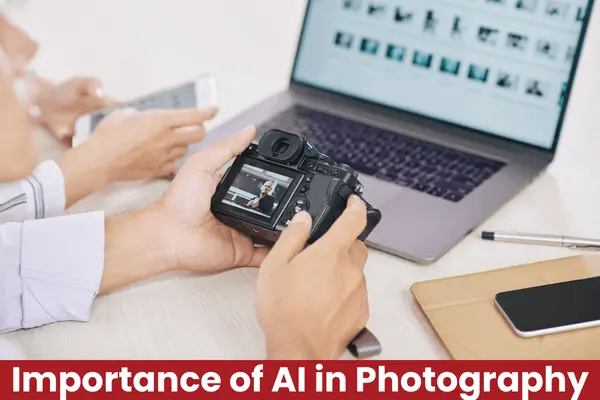
Are you curious to learn how everyone, from professional photographers to ordinary guys, is taking benefits from the advancement in photography technology? Do you want to know how photography is evolving rapidly in this fast-paced world with little photography skills? AI has introduced a rapid revolution in every field, so photography is not far away from AI. A photograph has thousands words but with AI it can tell a million stories, so in this blog post i will discuss why AI is important in photography.
Artificial Intelligence, a branch of computer science, is an umbrella term that includes Machine Learning, Deep Neural Networks, Reinforcement Learning, Natural Language Processing, etc, as building blocks. It requires input data like visual perception, speech recognition, and language translation provided by human intelligence.
Then AI algorithms and statistical models analyse and process that input data and try to improve performance by learning from previous experience. The main goal of artificial intelligence is to create machines with human-like intelligence and understanding ability and to use them in solving complex problems and making intelligent decisions. Now I’ll discuss how AI is changing the world of photography:
Image Recognition and Tagging
AI helps in image recognition through its deep learning algorithms, which have the potential to detect patterns and features in an image after processing data, so they can pick out and tag people in photos. These algorithms learn from previous experience, so after taking a pattern, they use it for identifying and labelling objects in new images.
Suppose an algorithm has identified a human face by the shape of facial organs or on the groundwork of distance among organs. Then it’d create a unique faceprint of that human and use it to identify and label the human face in another image. This technique mainly identifies objects in security footage and automatically labels products in e-commerce stores.
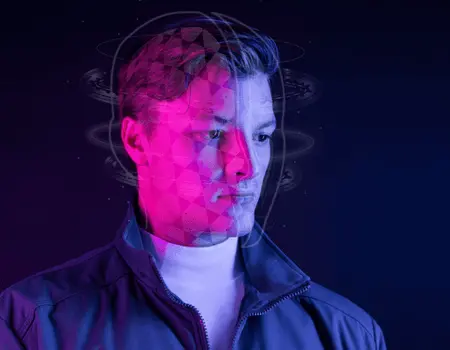
Photo Culling
Photo culling erases over-exposed, under-exposed, unfocused, and unwanted objects from an image. It’s a very tedious process, but as we know, AI is evolving in every field, so it’s also revolutionised photography. Due to AI-powered tools, this process has become 10x times faster and more enjoyable.
These AI-powered tools help to select the best one from a chunk of photographs for further processing like sorting, editing, and printing. This technique helps professional photographers to sort out the best images from a set by separating mediocre and poor-quality photos, so it saves their time, resources and efforts.
This process also helps to enhance the quality of selected photos by colour correction, exposure adjustment, cropping, and resizing, so it ensures that the final selection is unique and of high-quality. This technique is beneficial in wedding, nature, and product photography to select the best one from a set of photographs.
Background Recognition
In smartphone camera settings, AI perceives surroundings and indicates foreground subjects. Moreover, computer vision techniques through application help in the segmentation of foreground from background and authorise photographers to blur the background. AI algorithms can detect patterns in an image, so they identify boundaries between foreground and background and make image manipulation easier for photographers.
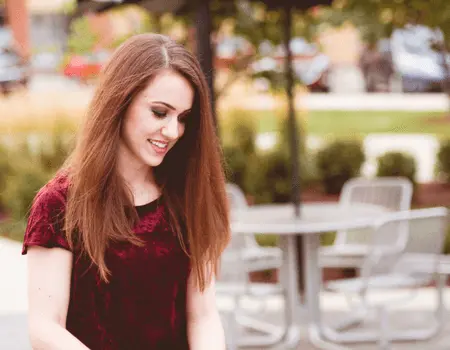
Bokeh Effect
The Bokeh effect creates a soft, creamy, and sometimes dreamy-looking blurriness in out-of-focus subjects to create a sense of depth in an image. AI technologies produce this effect in modern cameras by replicating narrow depth perception. It plays an essential role in creating aesthetically appealing results in portrait-like photographs.
This effect appeals viewers’ attention towards the topics we want to depict because the focus subject remains sharp while the remaining part of the image remains blurry. This AI-supported technique is more beneficial in handling the erratic moments in sports, wildlife, and film photography. Photographers need to use a lens of f/1.8 or f/2.8 aperture to enter more light to create a shallow depth of field and a blurred background.
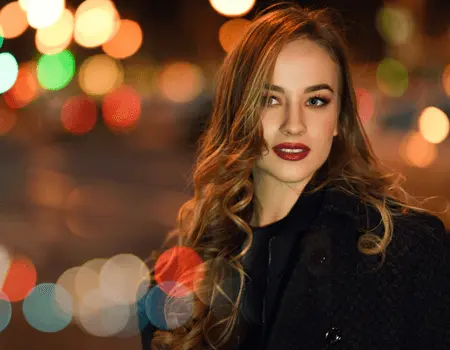
Automatic Color Adjusting
Many AI-powered photo editing apps like Remini have solved the complicated problem of color adjusting. They can automatically balance colors and contrast in a photo by using AI algorithms. AI algorithms use color grading techniques to make a picture visually alluring.
Moreover, we can train AI algorithms to recognize a specific pattern in an image and adjust the color according to that figure. If there is a dark color in our photo, AI algorithms in photo enhancer apps will reduce them to make our images alarming. In this way, it makes our photos more natural and realistic through accurate and precise color adjustment.
We can observe the importance of AI in photography through this technique, as it has brought efficiency to the workflow of professional photographers and has reduced their time and efforts significantly. Now they can process images quickly and accurately in bulk and boost their photography and videography industries by delivering high-quality images to customers rapidly.
Improvement in pixelated photos
AI also helps to improve pixelated photos by using AI-powered super-resolution techniques. Deep learning algorithms trained on large datasets of high resolution images are used in these super-resolution techniques. These techniques are interpolation, single-image super-resolution, and multiple-image super-resolution.
In interpolation, missing details of a pixelated image are filled by utilizing surrounding pixels. In the single-image resolution technique, convolution neural networks are used by deep learning algorithms to learn patterns in a single image and to create a high-resolution version of that image.
While in the multiple-image resolution technique, multiple images of the same scene, taken from different angles, are used to create a high-quality photo. The image fusion method combines information from various embodiments to generate photos of higher-resolution in this technique.
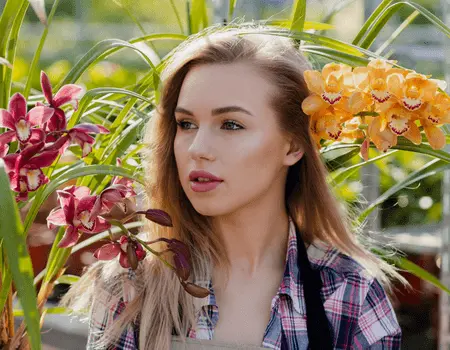
Zoom and Enhance
Most AI photo enhancer software have zoom-and-enhance programs to refine low-quality images and to give them a happy look. This software primarily provides a new life to images that are transferred from old negatives by a scanner and printed onto a digital device. This technique is also used in crime shows and spy movies.
AI algorithms help to give an image a fine detail by zooming. After zooming, AI helps in image enhancement by adjusting color, contrast, and brightness. Image enhancement algorithms use machine learning to change the parameters of the image to give them a high resolution. Adobe Photoshop has an AI enhancement program to turn a 0.8-megapixel photo into 3-megapixels.
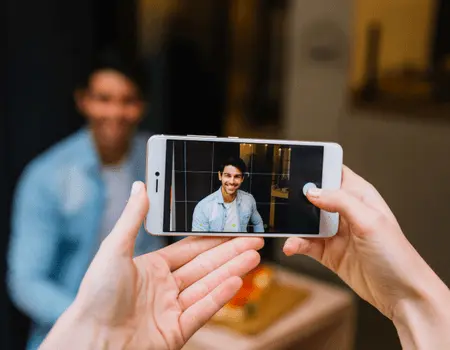
Image Creation
Image creation is the winning point of AI, as it’s used in creating realistic 3D images and sometimes in generating images from scratch. Deep learning algorithms in AI may also be used in creating new versions of existing images by adding colors and contrasts. Multiple tools help to produce AI images that are used in making banners, ads, product design, and even posts for social media.
A large dataset of images is used to train deep learning models to recognize patterns and features in pictures, so deep learning models use these datasets to create similar photographs. Moreover, generative models like Generative Adversarial Networks, designed for creating new images instead of copying existing ones, are used for generating ideas from scratches.
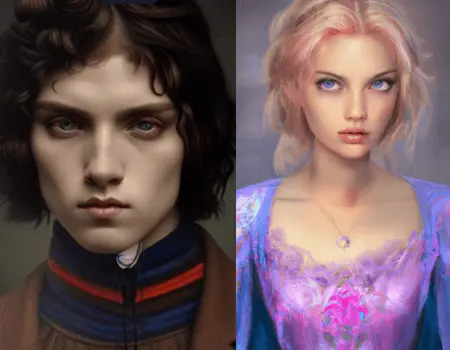
Wrapping up
AI has changed the world of photography, surprisingly. New tools with AI deep learning algorithms are used for image enhancement, creating new images, removing backgrounds, and inserting unique experiences. AI-powered apps can automatically identify imperfections in pictures and strive to make them superb. Moreover, now AI cameras that work like humans to detect different objects have been introduced which clearly indicates why AI is important in photography.
Also Read:
- What is an AI camera
- Enhance quality of your photos by Remini-AI Photo Enhancer
- Best AI image and art generators
- Best photo to cartoon apps
